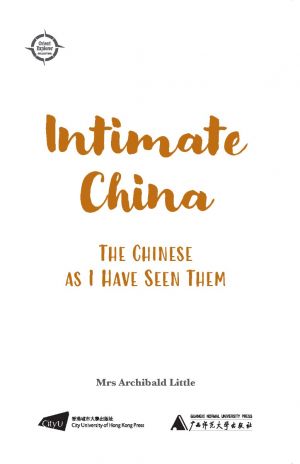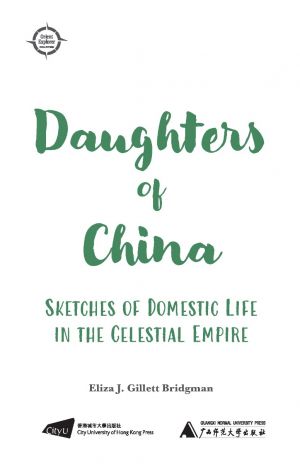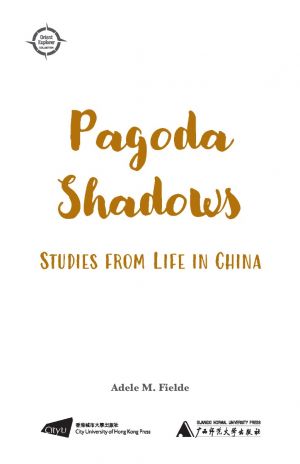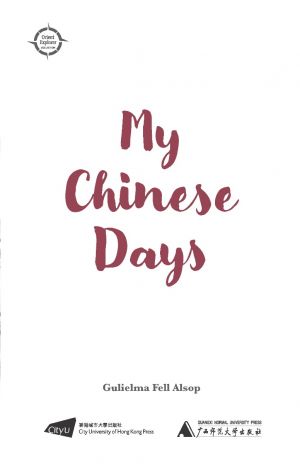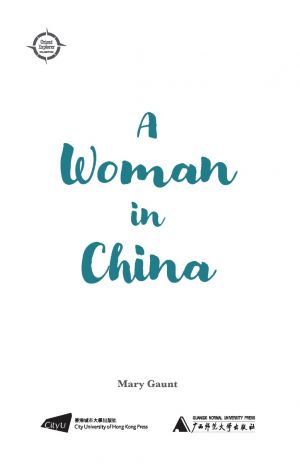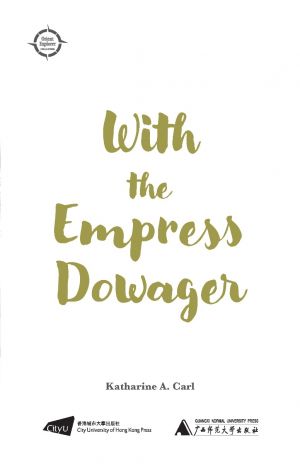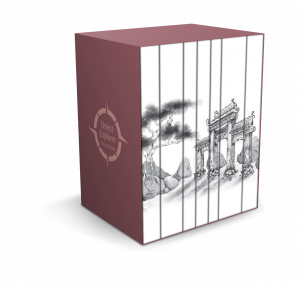China: The Long-Lived Empire
HKD278.00
In stock
“No one can cover the whole field, give the only key, or utter the last word; and during seven visits to China in the last fifteen years, the mystery of its people and the enigma of its future have only increased.”
During her seventh trip to China, the American author, geographer, and photographer Eliza Ruhamah Scidmore took it upon herself to document her travels and attempt to bring the Chinese people to life for those in the West. This is done through detailed descriptions of the people and scenery she encountered, including the Great Wall, the Forbidden City and Temple of Heaven in Peking, the tidal bore in Hangchow, and the gorges of the Yangtsze, and many other sights. The means by which she travelled ranged from railway to sedan chair, from steamer to sampan, from sailboat to Peking cart, and every method in between. However, the book is not simply a travelogue but a journey through the histories of the cities and villages she visited. Along with her commentary on the Taiping Rebellion, war with Japan, and the dramas of the imperial court, Scidmore also vividly describes Chinese examinations, Christian missions, the history of Chinese Customs, the tea trade and tasting at Hankow, and various festivals, including those for Chinese New Year and dragonboat festival.
Taken together, this book is an encompassing text that will pique the interest of readers who wish to know more about China and act as a panacea for those with nostalgia for a country they have seen first-hand. It contains numerous images, providing insight into what the author found charming or humorous as well as setting the scene for her narrative. While the author professes her inability to give a complete and satisfactory account of the Chinese empire and its people, this book certainly provides readers with an excellent foundation for understanding the physical setting and political climate in nineteenth-century China.
This book is part of the Orient Explorer Collection: Women Writers, a project focused on reprinting books about China and the Orient from earlier eras to reignite interest and explore how they relate to the region today.
During her seventh trip to China, the American author, geographer, and photographer Eliza Ruhamah Scidmore took it upon herself to document her travels and attempt to bring the Chinese people to life for those in the West. This is done through detailed descriptions of the people and scenery she encountered, including the Great Wall, the Forbidden City and Temple of Heaven in Peking, the tidal bore in Hangchow, and the gorges of the Yangtsze, and many other sights. The means by which she travelled ranged from railway to sedan chair, from steamer to sampan, from sailboat to Peking cart, and every method in between. However, the book is not simply a travelogue but a journey through the histories of the cities and villages she visited. Along with her commentary on the Taiping Rebellion, war with Japan, and the dramas of the imperial court, Scidmore also vividly describes Chinese examinations, Christian missions, the history of Chinese Customs, the tea trade and tasting at Hankow, and various festivals, including those for Chinese New Year and dragonboat festival.
Taken together, this book is an encompassing text that will pique the interest of readers who wish to know more about China and act as a panacea for those with nostalgia for a country they have seen first-hand. It contains numerous images, providing insight into what the author found charming or humorous as well as setting the scene for her narrative. While the author professes her inability to give a complete and satisfactory account of the Chinese empire and its people, this book certainly provides readers with an excellent foundation for understanding the physical setting and political climate in nineteenth-century China.
This book is part of the Orient Explorer Collection: Women Writers, a project focused on reprinting books about China and the Orient from earlier eras to reignite interest and explore how they relate to the region today.
ISBN
978-962-937-651-2
Pub. Date
Feb 9, 2024
Weight
0.8kg
Paperback
504 pages
Dimension
140 x
216 mm
Subjects
This book is part of the Orient Explorer Collection: Women Writers, a project focused on reprinting books about China and the Orient from earlier eras to reignite interest and explore how they relate to the region today.


